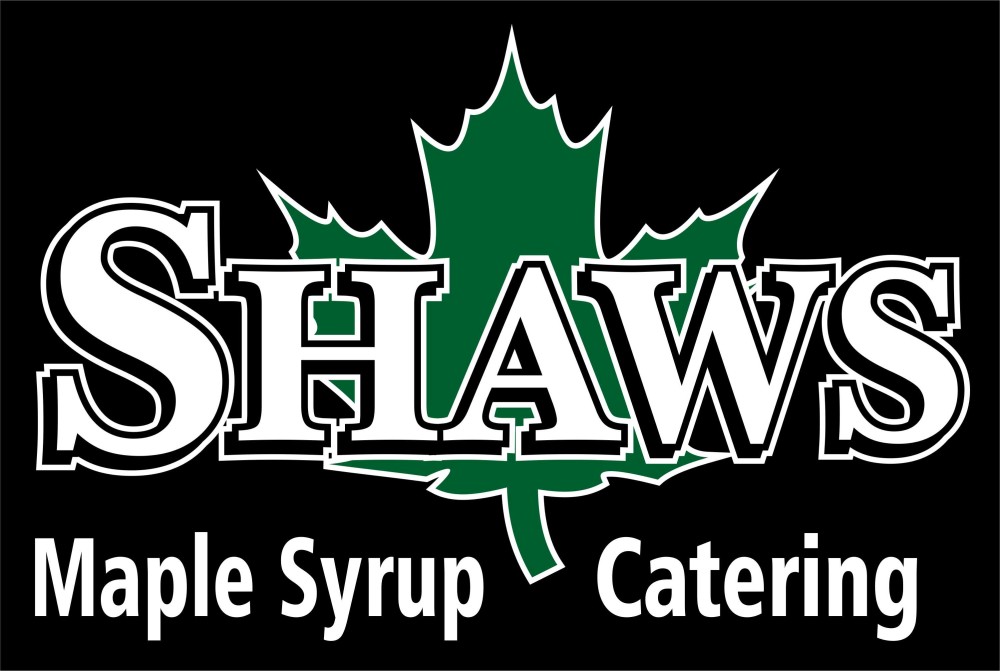When it’s time for a cookout, some folks toss burgers and dogs on the barbecue. Others go whole hog to impress their guests.
“Really, it’s just the easiest, most social thing you can start to do,” says Alex Stinson of Barrie, who has hosted an annual pig roast for 14 years — and built a tradition. “The pig allows it to be that much more of an event. Even those who don’t eat the pig want to see it.”
Every summer, Stinson invites a “smorgasbord of family and friends” to the feast at her parents’ one-acre homestead in farm country north of Cookstown. They come and go during the day, with a guesstimated 100 people milling around at prime “feeding times.” The hosts supply the pork and the potato salad. Guests bring other dishes.
“It is so easy — the pig cooks itself,” Stinson says. “There are not many parties for 100 where you don’t spend all your time in the kitchen. It’s nice not to be a slave to dinner.”
She appreciates being able to have some drinks and some laughs, play in the horseshoe tournament, sing campfire songs and create memories.
“I was 20 when they started,” She recalls. “We were all the rowdy bunch. It’s changed a lot. Now we are the parents.”
Stinson and her husband Jason Dillman rely on Shaws Catering (shawscatering.com), renowned for supplying everything but the oink for do-it-yourself pig roasts. The package includes a corn-fed pig, roaster, meat thermometer, heat gloves, serving tray, demo (from firing up the barbecue to carving) and “Pig Help Line.”
The roaster is like a big oven on wheels, so you’ll need an open truck or trailer to cart it home. The Shaws will load it.
The pigs are home-grown. The Shaws are Ontario pork producers, with Tom being the seventh generation to farm their property near Hawkestone.
The package costs $360 to $430, depending on the size of the pig. Their hogs range from 18 to 55 kilograms (40 to 120 pounds), and can feed 20 to 110 people. For “well done, fall-off-the- bone pork,” Terri-Lynn Shaw estimates a cooking time of five to eight hours.
She says do-it-yourselfers from the GTA and cottage country have arranged pig roasts for birthday, marina, block and corporate parties, weddings, family reunions, stags and tailgating.
“It’s a fun way to feed a lot of people,” Terri-Lynn says. “It’s different. It’s not your typical hot dog and hamburger barbecue.”
The Shaws introduced DIY pig roasts back in 1991. They started with two roasters and now have 30.
“It was just inquiry after inquiry,” Terri-Lynn recalls. “Over the last 10 years, it (business) has increased almost every year.”
Of course, if you want to go it alone, you can buy your own equipment. And you don’t have to stick to pigs. Lamb and goats are popular for outdoor feasts, too, says Duff Dixon, owner of Ontario Gas BBQ in Concord ( www.bbqs.com).
Immigrants have been doing the whole-animal thing long before it became trendy and Dixon says the GTA’s growing émigré population has helped spur the popularity of the equipment. He started carrying a rotisserie and a roaster big enough for pigs, lambs and goats four years ago.
“We sell more every year,” Dixon says. “Ninety-nine per cent are for residential use. It’s good times in the backyard. For some people, it’s a family tradition. The Greek community is big on the pig roaster for doing their lambs at Easter.”
The shop, billed as “the world’s largest barbecue store,” carries the Grill Pro Pig Rotisserie, now on sale for $584.99, and the La Caja China insulated box roaster, priced at $399.99.
Both have a 55-kilogram (100-pound) capacity and are charcoal-fired. The rotisserie is basically a stainless steel trough with an open, motorized spit. The roaster’s design made its way from China to Cuba to Florida, where it is now manufactured by a Cuban expatriate, according to Dixon. It is known as the “Magic Box” because it can roast a 60-pound pig in less than four hours.
Barbecue guru Ted Reader has cooked whole animals every which way in his Toronto backyard, home to 100 barbecues, grills, smokers and firepits ( www.tedreader.com).
He praises the “pig in a box” method for creating super crispy skin (known as crackling). However, he says he likes to see the animal, take his time and make a day of it, so he favours a spit over an open fire.
“Nothing beats a pig slowly roasted over hot coals,” says Reader, a chef and prolific cookbook author. “Roasting whole animals is pretty popular. It has been around for years. Men and women have been cooking over open fire since there has been fire. It is a natural, easy way to cook.”
Roasting a pig, lamb or goat is not just a dinner, it’s an experience. However, Reader acknowledges that some guests may find it disturbing to see the whole animal.
“They don’t like the head. They look at the eyes, they feel the connection. They think ofCharlotte’s Web,” he says, pondering the psychology of the pig roast.
“I think it’s trendy. I think it’s a great way to feed a large group of people. And for those who don’t like it, they’ll get over it.
“Crispy skin and juicy meat are what it is all about, when your fingers are sticky and your chin is dripping. When they see that, all their inhibitions disappear.”
Susan Sampson is the author of 12,167 Kitchen and Cooking Secrets: Everyday Tips, Hints, Techniques and More. Go to her website www.thefarelady.com or email her at susansampson@rogers.com.



